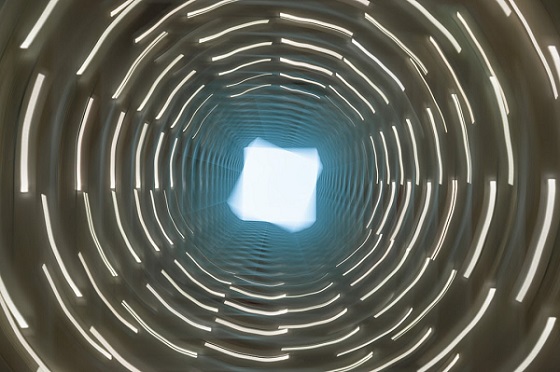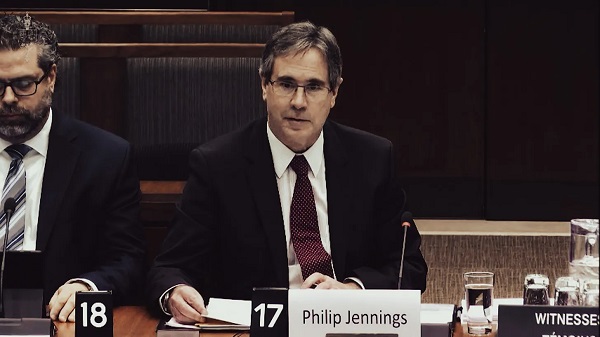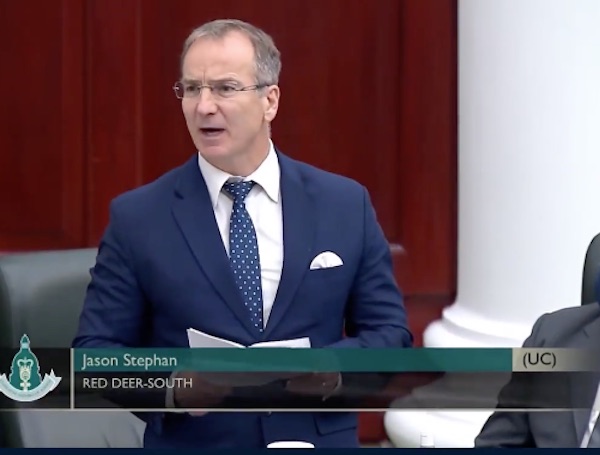Automotive
Trump’s proposed EV subsidy cuts and tariffs could upend BC’s electric vehicle goals

From Resource Works
Canada’s regime of electric vehicle subsidies is facing a crisis with United States President-elect Donald Trump’s promise to end his own country’s EV incentives. Trump has proposed eliminating the $7,500 USD tax credit for those who purchase EVs, as well as threatening to impose a 25 per cent tariff on Canadian and Mexican imports.
Considering the interconnection of the North American automotive industry, this has the potential to severely disrupt Canada’s ambitious goals for widespread EV adoption. In British Columbia, whose provincial government has fully embraced the EV transition, the consequences of Trump’s presidency will be felt the strongest.
Trump’s pledge to eliminate the subsidies comes from his economic vision of a reduced role for the federal government in the American economy. This does resonate with vast segments of the U.S. market, but how it will impact Canada’s automakers is far less clear-cut.
EV subsidies in Canada, either at the federal or provincial level, are essential for the EV industry’s momentum to be maintained. Rebates of $5,000 are offered federally, and $4,000 under the CleanBC “Go Electric” program.
BC consumers can afford to buy EVs at a higher rate, and that helps sustain sales.
If Trump terminates the subsidies, automakers like General Motors, which are already dealing with slower EV production, will be reluctant to stay the course. The EV supply will fall, causing higher prices.
BC is Canada’s trailblazer in the EV market, accounting for almost 1 in 5 EV registrations across the entire country despite making up less than 14 per cent of the population. Policies like CleanBC have made EVs an attractive, affordable option for middle-class buyers, and the provincial government is committed to building up EV infrastructure.
The provincial government’s interim mandates are designed to align with federal goals, which aim for 10 per cent zero-emission vehicle (ZEV) sales by 2025, 30 per cent by 2030, and then 100 per cent by 2040.
BC’s progress will be derailed by market turbulence triggered by Trump’s proposed policies. The removal of U.S. subsidies will be paired with his threat of 25 per cent tariffs on Canadian imports.
In addition to the likely reduction in EV supply, automakers like GM and Ford, which produce many of the EV models partially made in Canada for export to the American market, will be made more expensive and price Canadian-made EVs out of competition.
In BC, the EV battery plants being built in Ontario and Quebec will be delayed or even cancelled due to the lack of economic viability. Manufacturers will shift back to producing hybrid or gas-powered cars, hampering BC’s EV and ZEV targets.
As a result, BC consumers will be hit hard by the twin blows of inflated EV prices and slashed rebates. Provincial and federal budgets are already stretched, and CleanBC could be on the chopping block for cuts if the North American EV industry stagnates.
Charging infrastructure, another key component of BC’s EV strategy, might also suffer. As manufacturers like Tesla and GM scale back production, investments in public charging stations could decline, perpetuating range anxiety and further slowing EV adoption rates.
Trump should be taken at his word when he says EV subsidies will be slashed and tariffs will be imposed on Canadian markets. For BC, the stakes are even higher, and the choices made by the province’s leaders may determine if the CleanBC regime and the EV program will survive the next few years.
One thing is clear, the North American automarket is more unpredictable than it has ever been since NAFTA, and Canada as a whole does not hold the balance when it comes to leverage.
Automotive
Power Struggle: Governments start quietly backing away from EV mandates

From Resource Works
Barry Penner doesn’t posture – he brings evidence. And lately, the evidence has been catching up fast to what he’s been saying for months.
Penner, chair of the Energy Futures Institute and a former B.C. environment minister and attorney-general, walked me through polling that showed a decisive pattern: declining support for electric-vehicle mandates, rising opposition, and growing intensity among those pushing back.
That was before the political landscape started shifting beneath our feet.
In the weeks since our conversation, the B.C. government has begun retreating from its hardline EV stance, softening requirements and signalling more flexibility. At the same time, Ottawa has opened the door to revising its own rules, acknowledging what the market and motorists have been signalling for some time.
Penner didn’t need insider whispers to see this coming. He had the data.

Barry Penner, Chair of the Energy Futures Institute
B.C.’s mandate remains the most aggressive in North America: 26 per cent ZEV sales by 2026, 90 per cent by 2030, and 100 per cent by 2035. Yet recent sales paint a different picture. Only 13 per cent of new vehicles sold in June were electric. “Which means 87 per cent weren’t,” Penner notes. “People had the option. And 87 per cent chose a non-electric.”
Meanwhile, Quebec has already adjusted its mandate to give partial credit for hybrids. Polling shows 76 per cent of British Columbians want the same. The trouble? “There’s a long waiting list to get one,” Penner says.
Cost, charging access and range remain the top barriers for consumers. And with rebates shrinking or disappearing altogether, the gap between policy ambition and practical reality is now impossible for governments to ignore.
Penner’s advice is simple, and increasingly unavoidable: “Recognition of reality is in order.”
- Now watch Barry Penner’s full video interview with Stewart Muir on Power Struggle here:
Automotive
The high price of green virtue

By Jerome Gessaroli for Inside Policy
Reducing transportation emissions is a worthy goal, but policy must be guided by evidence, not ideology.
In the next few years, the average new vehicle in British Columbia could reach $80,000, not because of inflation, but largely because of provincial and federal climate policy. By forcing zero-emission-vehicle (ZEV) targets faster than the market can afford, both governments risk turning climate ambition into an affordability crisis.
EVs are part of the solution, but mandates that outpace market acceptance risk creating real-world challenges, ranging from cold-weather travel to sparse rural charging to the cost and inconvenience for drivers without home charging. As Victoria and Ottawa review their ZEV policies, the goal is to match ambition with evidence.
Introduced in 2019, BC’s mandate was meant to accelerate electrification and cut emissions from light-duty vehicles. In 2023, however, it became far more stringent, setting the most aggressive ZEV targets in North America. What began as a plan to boost ZEV adoption has now become policy orthodoxy. By 2030, automakers must ensure that 90 per cent of new light-duty vehicles sold in BC are zero-emission, regardless of what consumers want or can afford. The evidence suggests this approach is out of step with market realities.
The province isn’t alone in pursuing EV mandates, but its pace is unmatched. British Columbia, Quebec, and the federal government are the only ones in Canada with such rules. BC’s targets rise much faster than California’s, the jurisdiction that usually sets the bar on green-vehicle policy, though all have the same goal of making every new vehicle zero-emission by 2035.
According to Canadian Black Book, 2025 model EVs are about $17,800 more expensive than gas-powered vehicles. However, ever since Ottawa and BC removed EV purchase incentives, sales have fallen and have not yet recovered. Actual demand in BC sits near 16 per cent of new vehicle sales, well below the 26 per cent mandate for 2026. To close that gap, automakers may have to pay steep penalties or cut back on gas-vehicle sales to meet government goals.
The mandate also allows domestic automakers to meet their targets by purchasing credits from companies, such as Tesla, which hold surplus credits, transferring millions of dollars out of the country simply to comply with provincial rules. But even that workaround is not sustainable. As both federal and provincial mandates tighten, credit supplies will shrink and costs will rise, leaving automakers more likely to limit gas-vehicle sales.
It may be climate policy in intent, but in reality, it acts like a luxury tax on mobility. Higher new-vehicle prices are pushing consumers toward used cars, inflating second-hand prices, and keeping older, higher-emitting vehicles on the road longer. Lower-income and rural households are hit hardest, a perverse outcome for a policy meant to reduce emissions.
Infrastructure is another obstacle. Charging-station expansion and grid upgrades remain far behind what is needed to support mass electrification. Estimates suggest powering BC’s future EV fleet alone could require the electricity output of almost two additional Site C dams by 2040. In rural and northern regions, where distances are long and winters are harsh, drivers are understandably reluctant to switch. Beyond infrastructure, changing market and policy conditions now pose additional risks to Canada’s EV goals.
Major automakers have delayed or cancelled new EV models and battery-plant investments. The United States has scaled back or reversed federal and state EV targets and reoriented subsidies toward domestic manufacturing. These shifts are likely to slow EV model availability and investment across North America, pushing both British Columbia and Ottawa to reconsider how realistic their own targets are in more challenging market conditions.
Meanwhile, many Canadians are feeling the strain of record living costs. Recent polling by Abacus Data and Ipsos shows that most Canadians view rising living costs as the country’s most pressing challenge, with many saying the situation is worsening. In that climate, pressing ahead with aggressive mandates despite affordability concerns appears driven more by green ideology than by evidence. Consumers are not rejecting EVs. They are rejecting unrealistic timelines and unaffordable expectations.
Reducing transportation emissions is a worthy goal, but policy must be guided by evidence, not ideology. When targets become detached from real-world conditions, ideology replaces judgment. Pushing too hard risks backlash that can undo the very progress we are trying to achieve.
Neither British Columbia nor the federal government needs to abandon its clean-transportation objectives, but both need to adjust them. That means setting targets that match realistic adoption rates, as EVs become more affordable and capable, and allowing more flexible compliance based on emissions reductions rather than vehicle type. In simple terms, the goal should be cutting emissions, not forcing people to buy a specific type of car. These steps would align ambition with reality and ensure that environmental progress strengthens, rather than undermines, public trust.
With both Ottawa and Victoria reviewing their EV mandates, their next moves will show whether Canadian climate policy is driven by evidence or by ideology. Adjusting targets to reflect real-world affordability and adoption rates would signal pragmatism and strengthen public trust in the country’s clean-energy transition.
Jerome Gessaroli is a senior fellow at the Macdonald-Laurier Institute and leads the Sound Economic Policy Project at the BC Institute of British Columbia
-

 Business2 days ago
Business2 days agoRecent price declines don’t solve Toronto’s housing affordability crisis
-

 Daily Caller2 days ago
Daily Caller2 days agoTech Mogul Gives $6 Billion To 25 Million Kids To Boost Trump Investment Accounts
-

 Alberta1 day ago
Alberta1 day agoAlberta will defend law-abiding gun owners who defend themselves
-
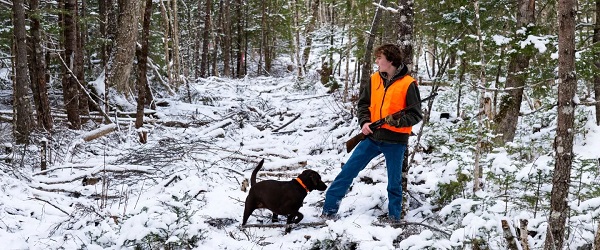
 Business2 days ago
Business2 days agoOttawa’s gun ‘buyback’ program will cost billions—and for no good reason
-

 Business2 days ago
Business2 days agoCanada’s future prosperity runs through the northwest coast
-

 National2 days ago
National2 days agoCanada Needs an Alternative to Carney’s One Man Show
-
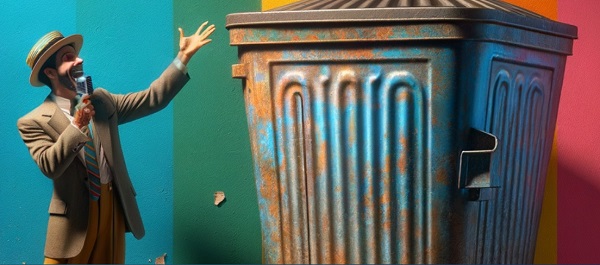
 Artificial Intelligence2 days ago
Artificial Intelligence2 days agoThe Emptiness Inside: Why Large Language Models Can’t Think – and Never Will
-

 Alberta24 hours ago
Alberta24 hours agoThis new Canada–Alberta pipeline agreement will cost you more than you think




